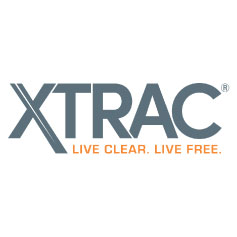We deliver the latest innovations in laser and light treatments for optimal results in your skin’s appearance to treat everything from unwanted body hair and skin tightening to more serious medical conditions like psoriasis and pre-cancerous cells.

Laser hair reduction is used for unwanted body and facial hair by means of exposure to pulses of laser light that destroys the hair follicle. Light-based hair reduction is available for all skin types. Hairs do not fall out immediately, but you will shed them over a period of days to weeks. Repeated treatments are usually necessary because hair growth and loss naturally occur in a cycle, and laser treatment works best with hair follicles in the new-growth stage. Results may vary from patient to patient and most people experience hair removal that lasts several months, and even years. Treatments do not always guarantee permanent hair removal, but do results that are finer and lighter in color.
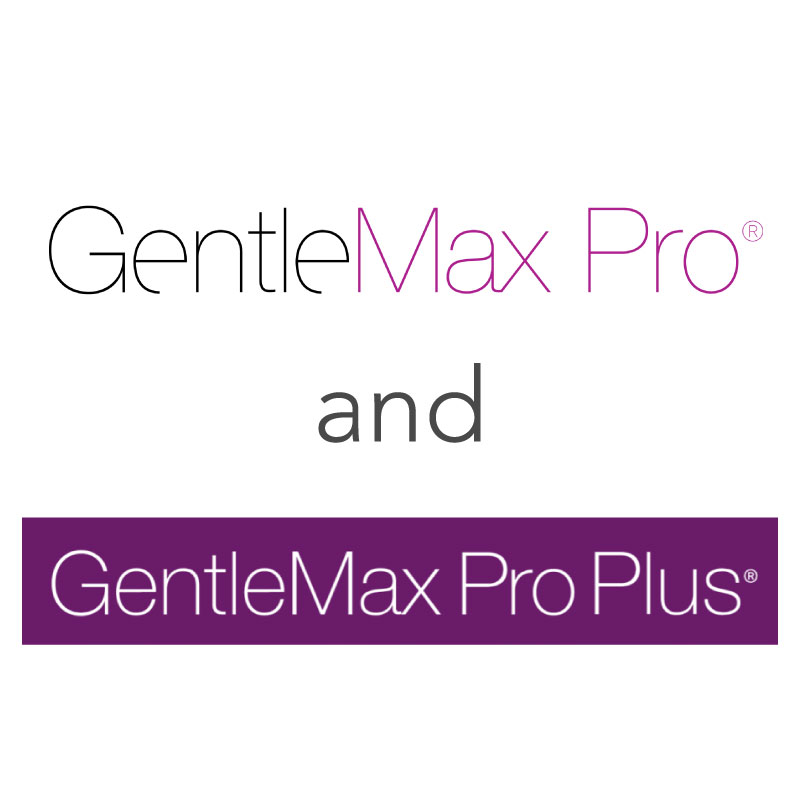
FDA approved, non-invasive skincare treatment that utilizes light-based technology to help diminish the signs of aging, treat sun damage, rosacea and vascular imperfections and correct hyper pigmentation.
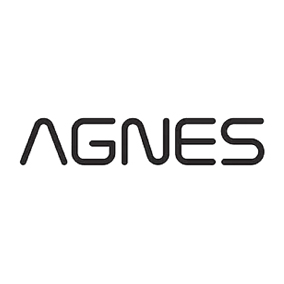
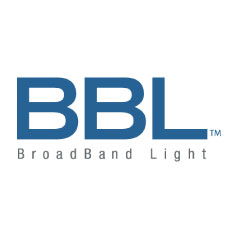

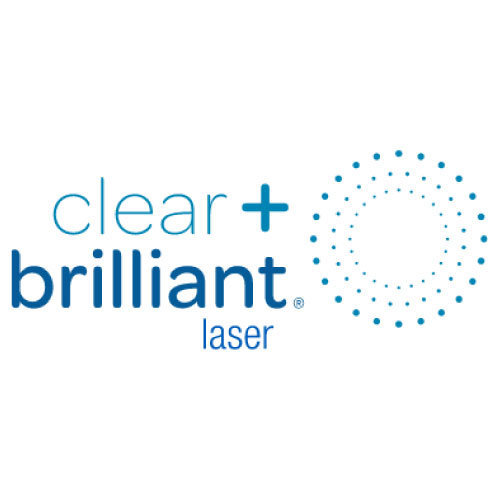


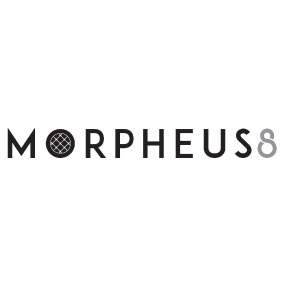
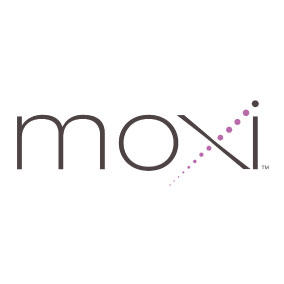
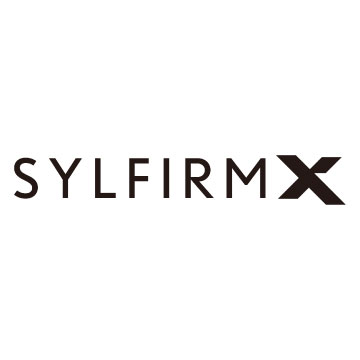
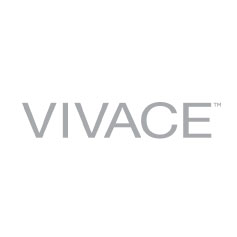
Tan or brown patches on your cheeks, nose, forehead, and chin that can be treated with prescription creams and over-the-counter products as well as with FDA approved laser treatments and other devices.

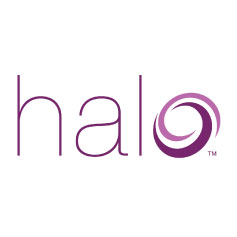

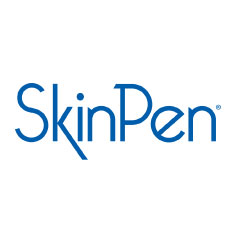


Light therapies, or photo rejuvenation therapies, set new standards for the treatment of skin conditions associated with aging and sun damage.

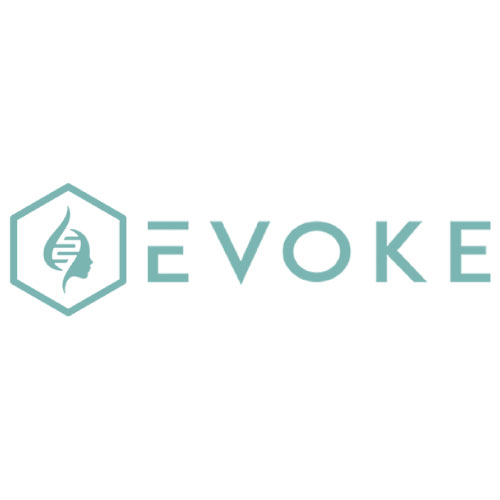
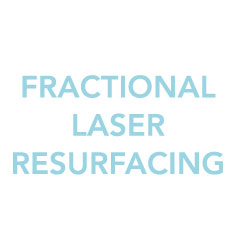

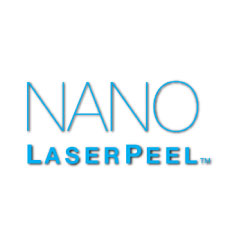


Non-invasive handheld tools that can diminish wrinkling, collagen loss, dull-skin, as well as skin sagging that occurs due to loss of collagen.

An actinic keratosis (AK), also known as a solar keratosis, is a crusty, scaly growth caused by damage from exposure to ultraviolet (UV) radiation. You’ll often see the plural, “keratoses,” because there is seldom just one. Though the vast majority of actinic keratoses remain benign, they reveal that you have sustained sun damage and could develop any kind of skin cancer, especially the second most common form of the disease, squamous cell carcinoma (SCC). If you have one AK, you may develop others. The more AKs that remain untreated, and the older these lesions are, the greater the chance that one or more may become an SCC.
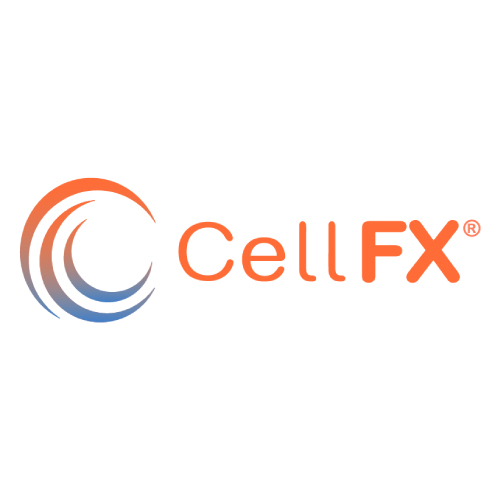
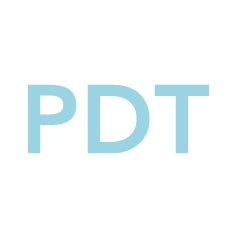
Psoriasis is a common, chronic skin condition caused by a disorder in the body’s autoimmune system, that typically causes the skin to turn red and scaly, resulting in discomfort and irritation. While there is no cure for the disorder, there are effective treatments that may involve topical medications, systemic medications, phototherapy and others. Vitiligo is a chronic condition that causes the skin to lose pigment in patches, usually on the face, hands and wrists. In many cases, the patches will enlarge or change shape. The affected skin tends to feel normal, and appear either suddenly or gradually. Light treatments and topical medications can be effective in reducing the affected areas and improving the overall coloration of the skin.

